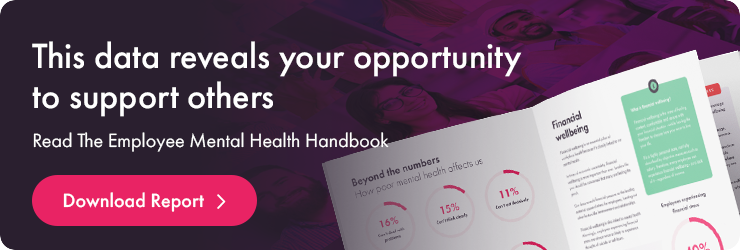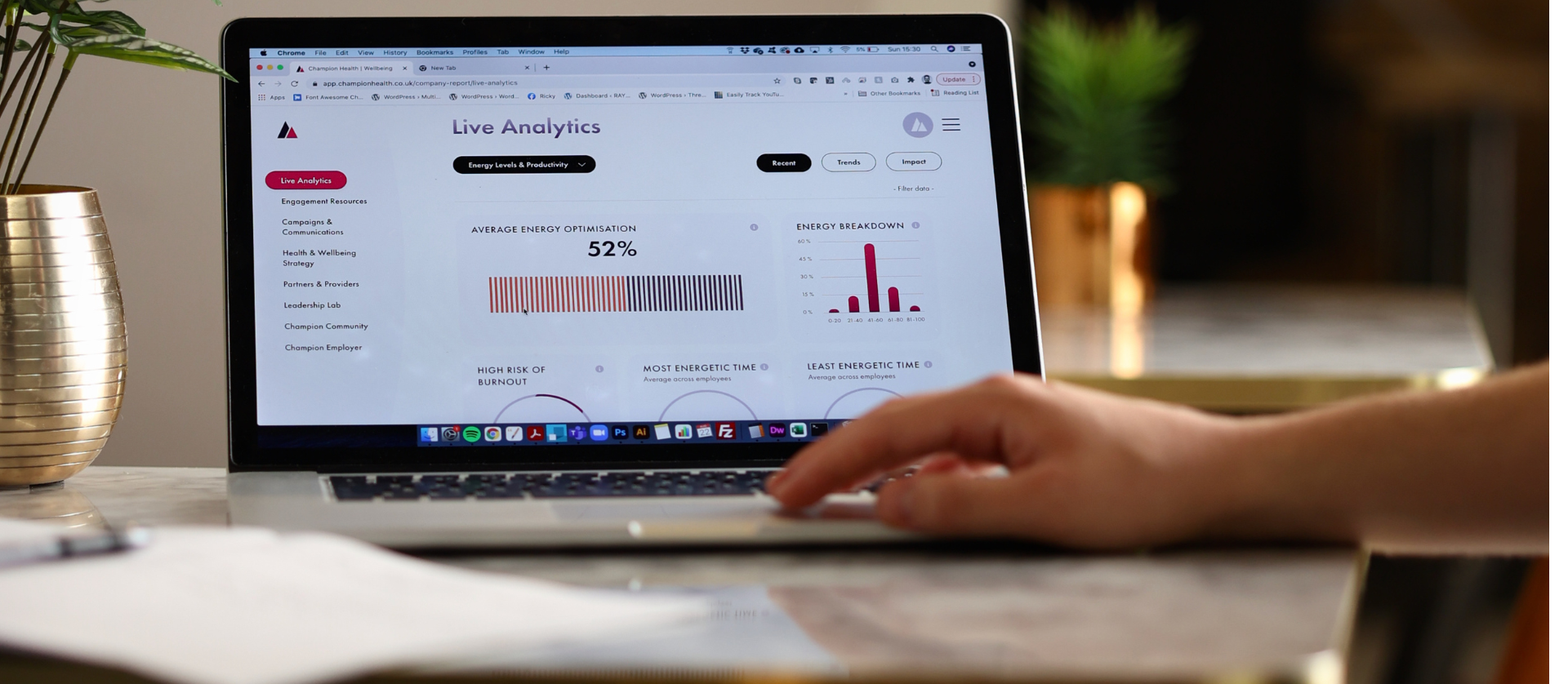There’s an abundance of noise about the newest ISO guidance in workplace health, so exactly what is ISO 45003?
Read on for simple answers to the most common ISO 45003 questions. You’ll even learn how to download a free version of the guidance.
- What is ISO 45003?
- What’s the scope of the standard?
- Can my organsiation get certified in ISO 45003?
- How does it relate to ISO 45001?
- How to download the ISO 45003 guidance
- Can my organisation get the ISO 45003?
- When can I start implementing the guidance?
- Who developed ISO 45003?
- History of the guidance
- What is psychological safety?
- What is psychosocial risk?
- How does the Champion Health platform help you follow ISO 45003 guidance
1. What is ISO 45003?
ISO 45003 is an occupational health and safety management (OH&S) approach, developed by leading workplace health practitioners across 74 countries (including Peter Kelly who joined us on a Champion Health live session).
Put simply, it’s a framework for how organisations can manage psychosocial risks and embed psychological safety to better support employees.
“Businesses are led by and made of people. Creating safe environments where their psychological needs are fulfilled is critical. Healthy, happy, and productive teams depend on it.
“The ISO 45003 will help provide some much-needed insight and structure into this rapidly growing area, so it’s a great yardstick to have,” adds Dan Craig, Wellbeing Lead at Champion Health.
It’s also the first standard to give employers practical guidance on managing psychosocial risks to staff in the workplace. It focuses on the “mental health” and “wellbeing” aspects of health and safety.
The full title of the guidance is: Occupational health and safety management— Psychological health and safety at work— Guidelines for managing psychosocial risks.
2. What’s the scope of the standard?
This guidance is not designed to replace your existing initiatives. Instead, it’s aiming is to unite what you’re currently doing, to better support your employees.
The standard has two main aims:
- To prevent work-related injury
- To promote wellbeing at work within an occupational health and safety management system
3. Can my organisation get certified in ISO 45003?
Yes and no. While the guidance is applicable to organisations of all sizes and in all sectors, it is not a certifiable standard, and as such, organisations cannot gain an ISO 45003 certification.
That said, the guidance is relevant to ISO 45001. This means that by following ISO 45003, you will be closer to achieving ISO 45001 compliance.
4. How does ISO 45003 relate to ISO 45001?
This guidance is intended to be used in conjunction with the ISO 45001, which contains requirements and guidance on planning, implementing and reviewing an OH&S management system.
The ISO 45001 highlights that organisations are responsible for the OH&S of workers and others. This responsibility includes promoting and protecting their psychological health, which ties closely into the ISO 45003.
ISO 45003 is a “child standard” of ISO 45001, signalling an emphasis on moving the responsibility of employee psychological safety out of HR and into the remit of health and safety.
This suggests psychological safety should become part-and-parcel of an organisation’s OH&S management system – and not just the sole responsibility of HR.
In essence, this means combining the expertise of both HR and health and safety professionals to better support your people.
5. How to download the guidance
While you can purchase a copy of the guidance here, you can also read it for free online through the ISO’s Online Browsing Platform. Read it for free here.
6. Can my organisation get the ISO 45003?
Yes and no. While the standard is applicable to organisations of all sizes and in all sectors, your organisation cannot achieve a certification. This standard comprises guidance, rather than something your organisations can achieve a certification in.
7. When can I start implementing the guidance?
You can start to implement the guidance right now. But keep in mind, you cannot gain an official certification by following it.
8. Who developed ISO 45003?
Some of the best minds in workplace health came together over the past four years to agree best practice. ISO 45003 is the result.
9. History of the ISO 45003
Here’s a quick overview of how the ISO 45003 was developed:
- 2018: ISO 45001, the first ISO standard on occupational health and safety management, is published
- 2019: Draft guidance drawn up for the new ISO 45003 on psychological health and safety
- 26 June – 4 October 2020: Consultation period begins for the draft guidelines
- December 2020: Over 500 responses read and digested
- February/March 2021: Revised draft published for final approval
- June 2021: ISO 45003 guidelines published
10. What is psychological safety?
A psychologically safe environment is one where people are able to express themselves without the fear that others will think less of them.
In the workplace, this means that your employees are comfortable speaking up, whether they’re sharing ideas, asking questions, expressing concerns or acknowledging mistakes.
Read our guide on this topic for more information on psychological safety at work.
11. What is psychosocial risk?
A psychosocial risk is the potential of a psychosocial hazard to affect an individual’s health. Examples of psychosocial risks can include:
- Excessive workload
- Lack of role clarity
- A lack of involvement in decision-making and independence
- Mismanaged organisational change
12. How does the Champion Health platform help you follow ISO 45003 guidance
The ISO 45003 guidance is closely aligned to features built into the Champion Health platform, including:
- An evidence-based approach to managing psychosocial risk
- Creating a framework for setting and achieving measureable wellbeing objectives
- Implementing standardised questionnaires to assess psychosocial risk
- Wellbeing experts to help you develop and implement plans
We will work closely with our clients to ensure that you can meet all relevant ISO 45003 guidelines when implementing the Champion Health platform.






